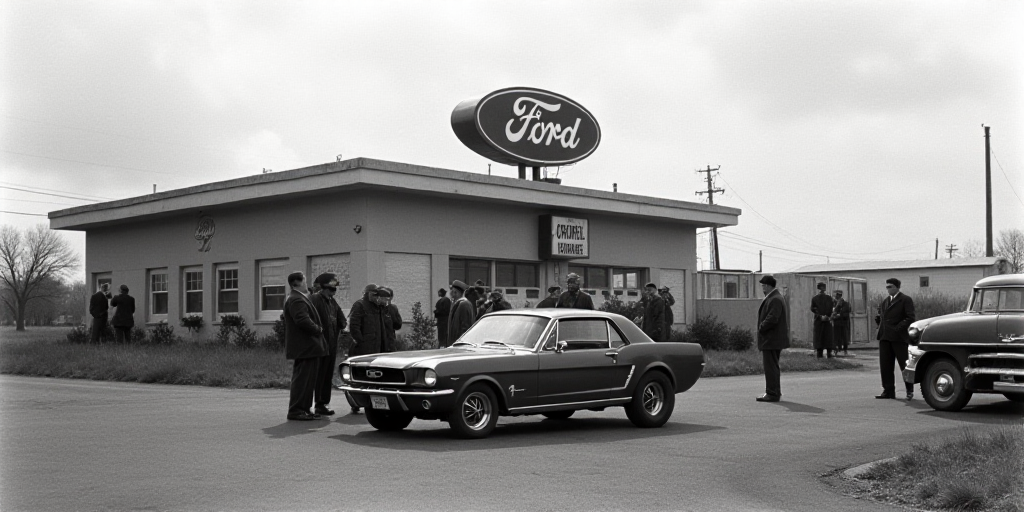Introduction
A century ago, the paths of Mexico and Ford intertwined to establish one of the most enduring alliances in the country’s automotive history. From the arrival of the first “Fordcitos” to modern production lines churning out cars, trucks, and SUVs, Ford has left an indelible mark on the daily lives of millions of Mexicans.
A Century of Contribution
With over 14,600 jobs created, 212 schools constructed and donated that shape the future of education, and a consistent commitment to innovation and environmental stewardship, Ford celebrates 100 years of history in Mexico. This legacy continues to roll forward, with its sights set on the future.
The Beginning of Ford’s Journey in Mexico
Founded as the Ford Motor Company by engineer Henry Ford in Detroit, Michigan, USA, the company opened its first plant in Mexico, located in San Lázaro, Mexico City, in June 1925. Over time, Ford not only built automobiles in the country but also propelled the entire automotive industry, bringing “Made in Mexico” to the world.
The Rise of Ford’s Influence
Today, Ford is one of the brands with the most fan clubs in Mexico, boasting a historically interesting base of enthusiasts. The story begins at the Casa del Lago, which served as the headquarters for the first automobile club founded in 1908. This exclusive gathering place was intended for the most distinguished families who imported the first automobiles into the country.
Early Influence on Mexican Society
At the time, Mexico was not prepared for automobiles in circulation: there were no highways, repair businesses, or gas stations. Their position allowed them to influence the government to protect their passion, open new businesses, and promote necessary public works. This led to the founding of the Automóvil Club de México in 1903 and another similar organization in Guadalajara in 1907.
Ford’s Impact on Public Transportation
The history of public transportation in Mexico City is deeply connected to Ford. In the early 20th century, taxi stands were filled with Ford Model T (popularly known as “Fordcitos” or “Fotingos”), which stood out for their durability, affordability, and ability to reach 70 km/h—a remarkable feat for the time.
Innovation and Adaptation
In 1916, a general strike paralyzed Mexico City, affecting both taxis and trams. This led Fotingo owners to modify their vehicle’s bodywork, transforming them into makeshift passenger vans. Over time, taxis and Ford trucks caused trams to lose prominence, forever changing public transportation in Mexico City.
The Arrival of the Ford Mustang
In 1964, the iconic Ford Mustang was introduced, one of the most luxurious and famous cars in history. It made waves worldwide, including Mexico, where the Mustang Club México was founded in 1983 to preserve its history and promote the legendary pony car’s legacy among new generations.
The Mustang Club México
Initially an informal group of enthusiasts meeting at a place called “Dony Donas,” led by Humberto Rábago, this group began customizing their vehicles with unique details like headers and aesthetic adjustments that highlighted the Mustang’s essence.
Ford’s Lasting Presence in Mexico
The Mustang Club México has organized memorable events, such as the Auto Show, where over 150 models, including Shelbys and Fastbacks, were displayed for audiences of all ages. The relationship between Ford de México and the Mustang Club México has been crucial to the success of these initiatives.
Ford’s Continued Success in Mexico
Today, Ford ranks among the top ten most sold automotive brands in Mexico, with multiple plants across the country, including those in Cuautitlán, Hermosillo, and Chihuahua. This demonstrates the strong bond between Ford and Mexico in the automotive sector.






